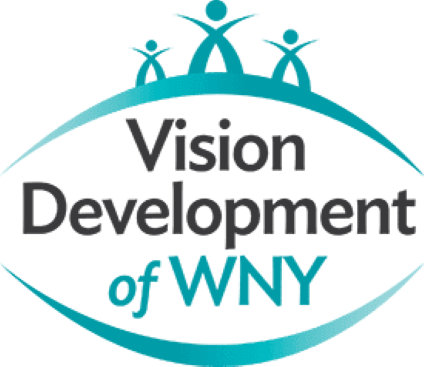Common Vestibular Disorders
Understanding Common Vestibular Disorders
The vestibular system consists of complex structures in the inner ear and pathways in the brain that work together to manage balance, motion, and spatial orientation. This system collaborates closely with the visual system and body muscles to maintain stability and equilibrium. When illness or injury disrupts these structures, vestibular disorders can develop.
Symptoms of vestibular disorders may include dizziness, disorientation, blurred vision, anxiety, nausea, and a sensation of falling. If you or someone you know experiences these symptoms or has been diagnosed with a vestibular disorder, consider scheduling a functional vision evaluation. Below, we outline some common vestibular disorders and discuss how neuro-optometric care can assist in managing symptoms.

Common Vestibular Disorders
How Neuro-Optometric Rehabilitation Therapy Can Help
Many vestibular disorder symptoms are linked to a poorly functioning visual system, particularly the interaction between the eyes and brain. Neuro-optometric rehabilitation therapy aims to improve this connection, reducing symptoms associated with vestibular disorders.
Balance relies on the coordinated function of the vestibular and visual systems. By addressing any dysfunction in the visual pathways, this therapy enhances the brain’s ability to process and integrate visual information more efficiently, helping to alleviate symptoms.
Individuals with vestibular disorders frequently experience visual challenges, such as double vision or trouble focusing, which can intensify their vestibular symptoms. A neuro-optometrist can design a personalized program to strengthen the visual system, reducing dizziness, disorientation, and vertigo.
Neuro-optometric rehabilitation includes targeted visual exercises that reinforce the eye-brain connection. Specialized prisms and lenses may also be part of the treatment plan to support visual function.
A Comprehensive Approach to Recovery
Optimal results often come from a multidisciplinary approach. Vestibular therapy, neuro-optometric rehabilitation, physical therapy, and occupational therapy can all contribute to recovery, working together to improve balance and reduce symptoms.
Start your path to improved well-being by scheduling a functional vision evaluation today. Take the first step towards better balance and a higher quality of life.
